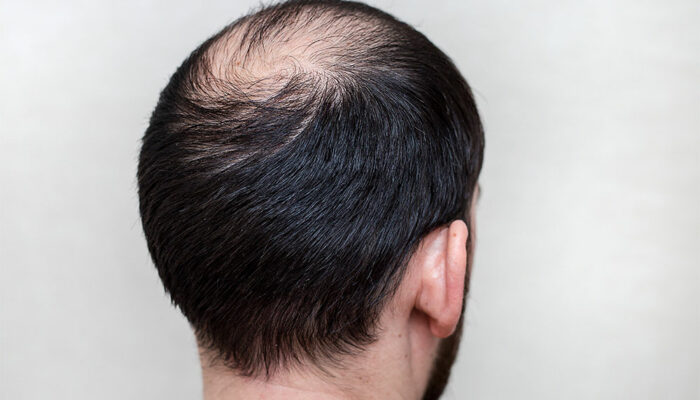
health
Diagnosis, stages, and prevention of heart diseases
Heart disease is a serious health condition, and it is also one of the main causes of death in the country. Irrespective of what kind of heart-related issue one has, they can be diagnosed with the help of certain tests. Once these are carried out, and a proper diagnosis is arrived at, the heart specialist, also known as a cardiologist, treats the condition accordingly. Diagnosis of heart diseases Heart-related conditions can be diagnosed via chest X-ray and blood tests. However, these are not the only available options that doctors use to determine the cause of the problems. Here is a list of some common tests that are also an option. Electrocardiogram (ECG) Holter monitoring Echocardiogram Stress test Cardiac catheterization Cardiac computerized tomography (CT) scan Cardiac magnetic resonance imaging (MRI) Different stages of heart failure Heart failure is a heart disease with different types and stages. There are mainly four stages known as A, B, C, and D. Stage A exposes one to the risk of heart failure. It can develop due to family history, hypertension, diabetes, alcohol abuse, coronary artery disease, and metabolic syndrome, among others. Stage B is more serious, as one starts to develop pre-heart failure conditions. During this stage, systolic left ventricular dysfunction occurs, which can lead to heart failure in the future.
Read More 








